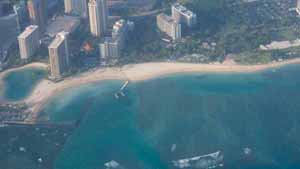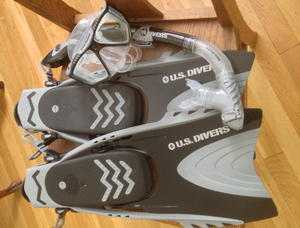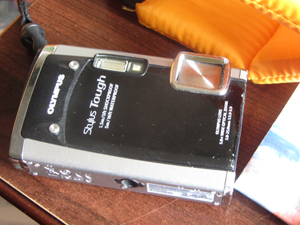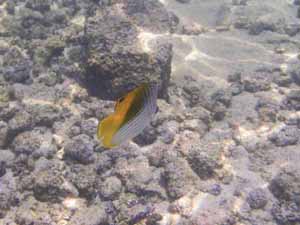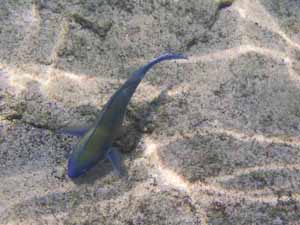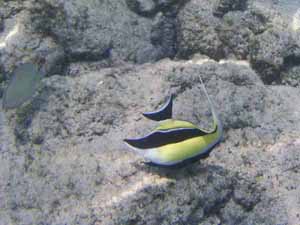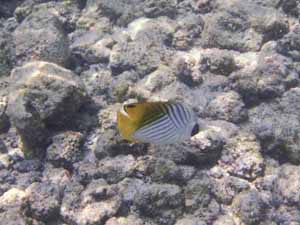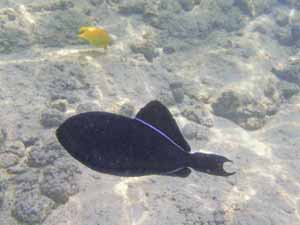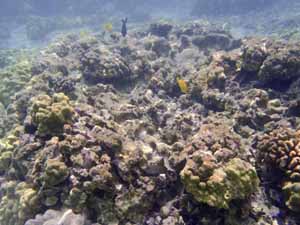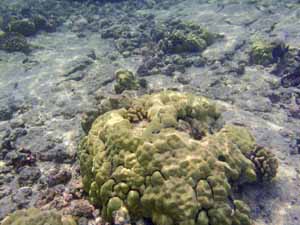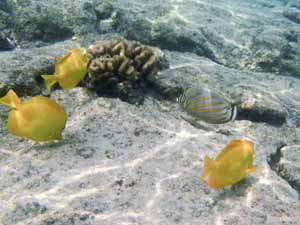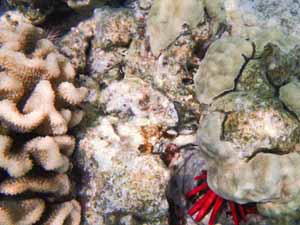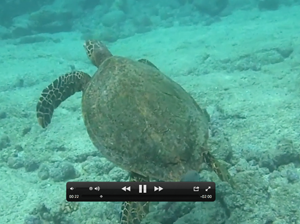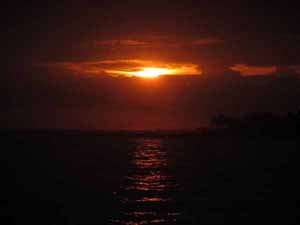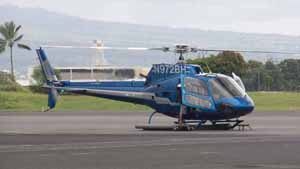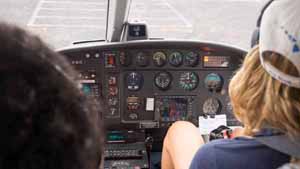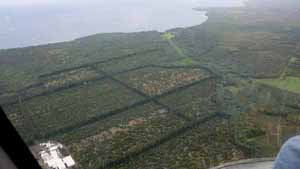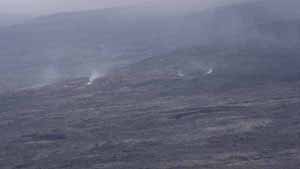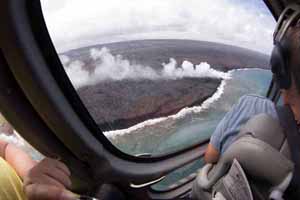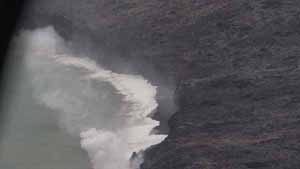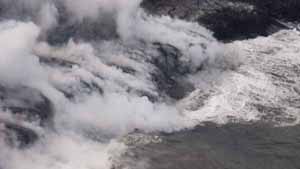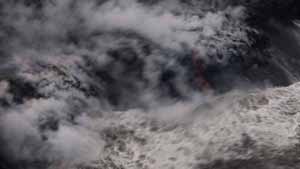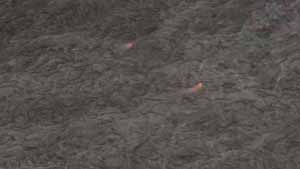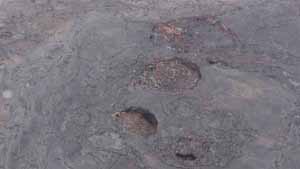Online Magazine
Recent Posts
- Safeguard your Cellphone Photos
- Black & White to Color – Instantly
- Wearing Many Hats
- Video Roundup
- Rescuing Your Blurry Pictures
- Showing Their Age
- What is Your Angle?
- Panorama Photos
- Humorous Photos
- Close Ups
- Fisheye Pictures
- Photo Antiquities
- Printing Big
- Appreciating Scale
- Celebrity Sightings
Tags
More Places to Go
- Free "How-To" Books “How To” books for popular cameras 0
- Vist Us on Facebook keep in touch with us on Facebook 2
Archives
- July 2023 (1)
- March 2023 (2)
- February 2023 (1)
- December 2022 (1)
- October 2022 (1)
- September 2022 (8)
- August 2022 (9)
- July 2022 (1)
- June 2022 (1)
- June 2021 (1)
- May 2021 (1)
- March 2021 (5)
- February 2021 (4)
- January 2021 (2)
- April 2019 (1)
- March 2019 (1)
- February 2019 (1)
- October 2018 (2)
- April 2018 (1)
- March 2018 (4)
- February 2018 (1)
- November 2017 (1)
- August 2017 (1)
- June 2017 (1)
- April 2017 (1)
- March 2017 (5)
- February 2017 (2)
- January 2017 (1)
- October 2016 (1)
- September 2016 (1)
- August 2016 (1)
- July 2016 (1)
- May 2016 (1)
- April 2016 (1)
- March 2016 (2)
- February 2016 (1)
- January 2016 (2)
- December 2015 (1)
- November 2015 (1)
- October 2015 (3)
- April 2015 (1)
- March 2015 (5)
- February 2015 (1)
- January 2015 (4)
- December 2014 (2)
- November 2014 (5)
- October 2014 (2)
- September 2014 (1)
- August 2014 (2)
- July 2014 (1)
- May 2014 (1)
- April 2014 (5)
- March 2014 (5)
- December 2013 (2)
- November 2013 (18)
- October 2013 (1)
- September 2013 (1)
- August 2013 (1)
- July 2013 (1)
- June 2013 (3)
- May 2013 (1)
- April 2013 (2)
- March 2013 (1)
- February 2013 (1)
- January 2013 (1)
- December 2012 (1)
- November 2012 (2)
- October 2012 (2)
- September 2012 (5)
- August 2012 (2)
- July 2012 (1)
- June 2012 (1)
- May 2012 (1)
- April 2012 (4)
- March 2012 (1)
- February 2012 (1)
- January 2012 (3)
- December 2011 (1)
- November 2011 (3)
- October 2011 (1)
- September 2011 (2)
- August 2011 (2)
- June 2011 (3)
- May 2011 (4)
- April 2011 (8)
- March 2011 (8)
- February 2011 (10)
- January 2011 (6)
- December 2010 (11)
- November 2010 (14)
- October 2010 (6)
- September 2010 (12)
- August 2010 (2)
- July 2010 (4)
- June 2010 (3)
- May 2010 (1)
- April 2010 (1)
- March 2010 (2)
- February 2010 (1)
- January 2010 (1)
- December 2009 (1)
- November 2009 (2)
- October 2009 (2)
- September 2009 (1)
- August 2009 (3)
- July 2009 (2)
- June 2009 (1)
- May 2009 (2)
- April 2009 (1)
- March 2009 (2)
- February 2009 (1)
- January 2009 (3)
In Search of Nemo
11th June 2013
Underwater Photography – Blllllrrrrrpppp!
For those of us who spend their winters in the frigid cold, surrounded by ice and snow for months at a time, a visit to the tropics is a blessing. To me, the mention of the tropics brings warmth and water to mind. And that’s precisely what we were after when we booked a trip to the Big Island of Hawaii.
The weather there is predictably warm so it’s easy to pack: a couple of bathing suits, a few pairs of shorts and several shirts. And don’t forget the snorkeling equipment! As an avid picture-taker, my luggage also includes a camera or two so that I can record the events that we may encounter.
So I returned home with a slight tan, a relaxed body and a nice set of photos of some spectacularly colorful fish. Of course these photos aren’t of the same quality that you’d expect from a full-blown underwater outfit. But I’m happy just the same having recorded some of nature’s gorgeous water landscapes with a very affordable camera.
Written by Arnie Lee
First Helicopter Ride
29th May 2013
Aerial Photography the Easy Way
For forty years I’ve traveled extensively for work, mostly by plane. For some, traveling is an exciting part of the job but for others it represents an unpleasant necessity.
For me, the “good” part is that I’ve accumulated enough frequent flyer miles to reach the 1 Million Mile Club. This means for the rest of my life I can travel on United with certain pleasantries. The “bad” part is that to achieve this milestone, I’ve spent way more than a full work-year(2000+ hours) on their aircraft – not counting the time at various airports. But since my occupation was related to flying, all of this traveling affords me a way to keep in contact with the aviation industry. Along with the miles, I’ve accumulated a sizable collection of aerial photographs. As a window seat passenger, I’ve enjoyed viewing and capturing some magnificent sites passing by at a one mile every six seconds clip.
Lately, I’ve scaled back on business trips. However, While vacationing in Hawaii last week, I couldn’t resist the chance to view the lava flows from the amazing Kilauea Volcano by air. With all the time I’ve spent in aircraft, you’d think that this would be just another routine trip. But this being my first flight by chopper, I was quite excited.
|
Our helicopter, a Eurocopter AS350 seats six plus the pilot. This aircraft has a generous amount of windows thereby offering a very good view out the surrounding. |
We were happy to learn that our pilot was quite experienced. Before migrating to the Big Island, she flew Grand Canyon tours from Las Vegas for several years. |
|
|
|
|
The flight begins at the Hilo airport on the east side of the Big Island (Hawaii). We pass over stands of macadamia trees. Macadamias are the main export of the Hawaiian islands. |
It’s a 12 minute flight from Hilo to the volcanic coast. A few minutes before, we pass over a dreary, smokey, grey landscape. These are a few of the notable features of Kilauea Volcano. |
|
|
|
|
Upon reaching the coast, our pilot maneuvers the helicopter so we can have an off-shore view of the volcanic activity. |
The smoke is the result of 2200-degree lava emptying into the ocean. Since 1983, the lava flow has added about 500 acres of new land to the island. |
|
|
|
|
We’re told that the lava solidifies very soon after it reaches the water. |
The red areas of this photograph are the hot lava pouring into the Pacific. |
|
|
|
|
These two hot spots are lava tubes which have poked their way through the caldera to the surface. |
These are spent (expended) lava tubes which have crusted over. |
|
|
|
Of course it’s possible to photograph the same sites from a small private aircraft. But shooting from a helicopter is certainly a superior way of accomplishing the same. With a skilled pilot such as ours, we were able to easily maneuver to locations that would require multiple passes with a private plane. And unlike a helicopter which is able to hover, an aircraft introduces 80 knots or more of shake to the photos. I’m happy to have taken the tour and capturing an unforgettable set of travel photographs.
Written by Arnie Lee
Do the Birds Know Something We Should Also Know?
22nd April 2013
Earth Day “it’s for the birds”… and us too
Today is Earth Day. I’m guessing that many of you haven’t a clue as to what it’s about. Maybe you can get a glint of Earth Day here.
| I recently completed writing what has become an annual article about Earth Day. Yesterday morning as I was having coffee and reading the Sunday NY Times, I was quite surprised that I didn’t find a single mention of Earth Day throughout the entire newspaper. But I did run across an interesting article that has a similar theme.
As a lover of the outdoors, I’m an avid participant in nature photography. Having spent more than five decades with camera-in-hand, I’ve collected my share of wildlife images. Along the way, I’ve found that the most challenging parts of this favorite activity is capturing the varying graceful, delicate or powerful movements of birds in flight. |
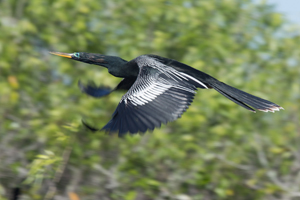 |
Yes, I like birds but I don’t consider myself a bird-watcher. Yet according to Brian Kimberling[1], there are some 5.8 million bird-watchers in the US. I’m not sure where he derives this number but his mention of The Audubon Society most likely accounts for a good share of them.
Last December amid our holiday festivities, I recall hearing about the start of Audubon’s annual Christmas Bird Count. During a two week period, participants take a census of birds in their geographic area with a main goal of studying how bird populations have changed in time and space. After reading Kimberling’s article, I have a better understanding of what these studies are telling us about the environment of all the non-bird species, i.e. us humans.
According the Audubon Society’s report, there has been a noticeable change in bird migration in recent years. The report says: we were able to look at the winter distribution of 305 species to see if their winter range had shifted over the last 40 years. We discovered that 177 of these species showed a significant shift north and this northward shift was correlated with an increase in mean January temperatures in the contiguous 48 states of almost 5 degrees during that time. You can find more details on the Audubon’s website.
Five degrees in 40 years. This is a pretty large increase within the lifetime of many of us. Obviously it’s a big deal to the habits of the birds.
Shouldn’t we be concerned? What do you think? I’d like to hear from you.
Written by Arnie Lee
[1]”What Do Birders Know”, NY Times Sunday Review Section, April 21, 2013
« Older Posts — Newer Posts »
